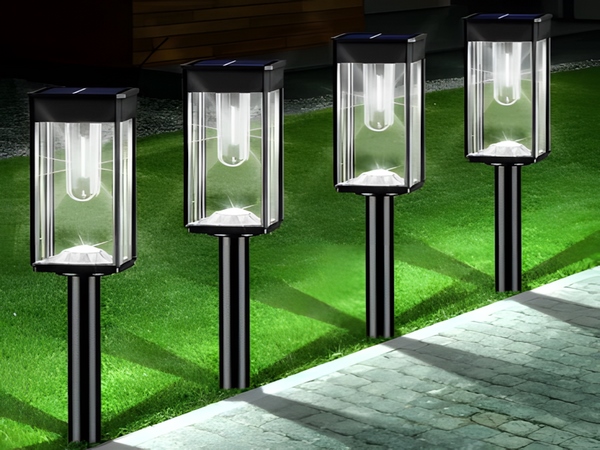
The light source used in solar street lights must meet important criteria for normal use. Common light sources in the lighting industry include energy-saving lamps, low-pressure sodium lamps, electromagnetic lamps, and LED sources. However, not all of these light sources are suitable for solar street lights. Some manufacturers of solar street lights overlook this issue, resulting in inadequate illumination and shorter lifespans. Here, the ‘Solar Street Light’ Company will explain the different light sources available.

(1) Low-pressure energy-saving lamps: These lamps have a small power output and relatively high luminous efficiency, but their lifespan is only about 2000 hours. Due to their low voltage, the tubes can blacken, making them suitable for solar lawn lights and courtyard lights where high brightness efficiency is not a critical requirement.
(2) Low-pressure sodium lamps: These lamps have a luminous efficiency of up to 200Lm/w but require an inverter. The cost of low-pressure sodium lamps is quite high, making the overall system expensive, so they are rarely used by consumers.
(3) Electromagnetic lamps: These lamps have a small power output with high efficiency. Under normal power conditions, their lifespan can reach up to 50,000 hours. However, their lifespan is significantly reduced when used in solar lamps, making it similar to that of regular energy-saving lamps. This is due to solar lamps using square wave inverters where the solar power output of 220V frequency, phase, and voltage cannot be compared to standard electric power, rendering these lamps unsuitable for solar street lights.
(4) LED: LED light sources have a long lifespan of up to 1,000,000 hours, operate at low voltage without requiring an inverter, and have high luminous efficiency, with domestic LEDs producing 50 Lm/w and imported ones producing 80 Lm/w. With advances in technology, the performance of LEDs will continue to improve. Using LEDs as the light source for solar street lights is becoming a trend, meeting the power demands of solar street lights without incurring high costs, thus fulfilling the energy-saving requirement.
The height of the lamp post should be determined according to the width of the road, spacing of the fixtures, and road illumination standards. A balance between aesthetics and energy efficiency is preferred, with rural installations opting for energy savings where fixture appearance requirements are not high, while users in urban areas typically choose aesthetically pleasing solar street lights to enhance the visual appeal of cities.

LED solar street lights should have a working time that meets the average duration of conventional street lights. Design considerations must account for shorter daylight hours in winter, aiming for approximately 12 hours of operation. Since LED lights are highly affected by weather conditions, it is crucial for solar street lights to provide normal illumination even during extended cloudy or rainy periods. Therefore, sufficient consideration should be given to solar panel and battery capacity during the design phase.
The operating voltage of LED street lights is typically 12V or 24V, which is considered a safe voltage not requiring electrical protection grounding. However, the metal lamp posts of LED street lights should be grounded for lightning protection, with a grounding resistance not exceeding 10 ohms, ensuring proper lightning protection measures are in place.
In summary, the ‘Solar Street Light’ Company has shared insights regarding the power and operation of solar street lights. As the power of solar street lights varies, it is essential to configure them based on the installation area’s conditions when purchasing. You are welcome to visit the ‘Solar Street Light’ Company for further understanding of our products, where our professional staff will assist you and provide satisfactory results.



